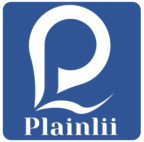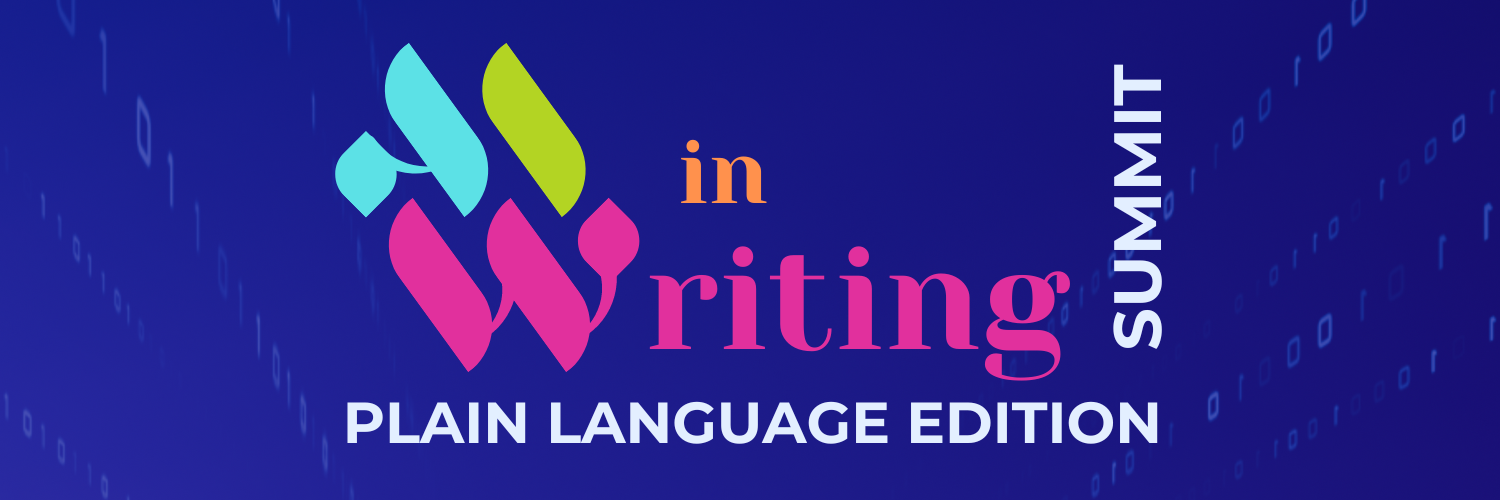October is Health Literacy Month. Health Literacy Month is a time for organizations and individuals to promote the importance of understandable health information. This annual, worldwide, awareness-raising event has been going strong ever since Helen Osborne founded it in 1999.
I work with medical content and health information, and believe awareness and learning are necessary not only to help low literacy readers, but all readers, including experts and policymakers who can benefit (and benefit us all) from clarity and conciseness.
Cheryl Stephens, co-founder with Kate Harrison Whiteside of Plain Language Association International, recommends:
- Making every word work,
- Ditching superfluous information,
- Using short paragraphs,
- Adding summaries,
- Using simple layouts,
- Adding visual emphasis.
I love this, and I’d add a reminder about advice that, while well-meaning, often misses the mark:
- Do not “write as if you were speaking” in hopes of sounding more natural.
Ok, yeah, spontaneous communication is… well, spontaneous. But, seriously, no reader wants to read drafts, they want to read final content! Plain language in health literacy (and everywhere) is about clarity for the reader, not easiness for the writer. Can you help me spread the word?
Here’s a bit of a deeper dive: A piece of advice out of context can have disastrous consequences, especially when the nibble turns into dogma. As plain language practitioners, we do a disservice to readers and writers if we promote “writing as if you were speaking.” The problem is that, at best, this requires interpretation: “Oh, I meant using a relaxed style, lay terms for a general text, a friendly voice, etc.” At worst, this is taken at face value and erodes the use of writing as a cognitive tool. Stream-of-consciousness–style writing is a great technique for the process of writing, but has no place in the product of an informative text.






